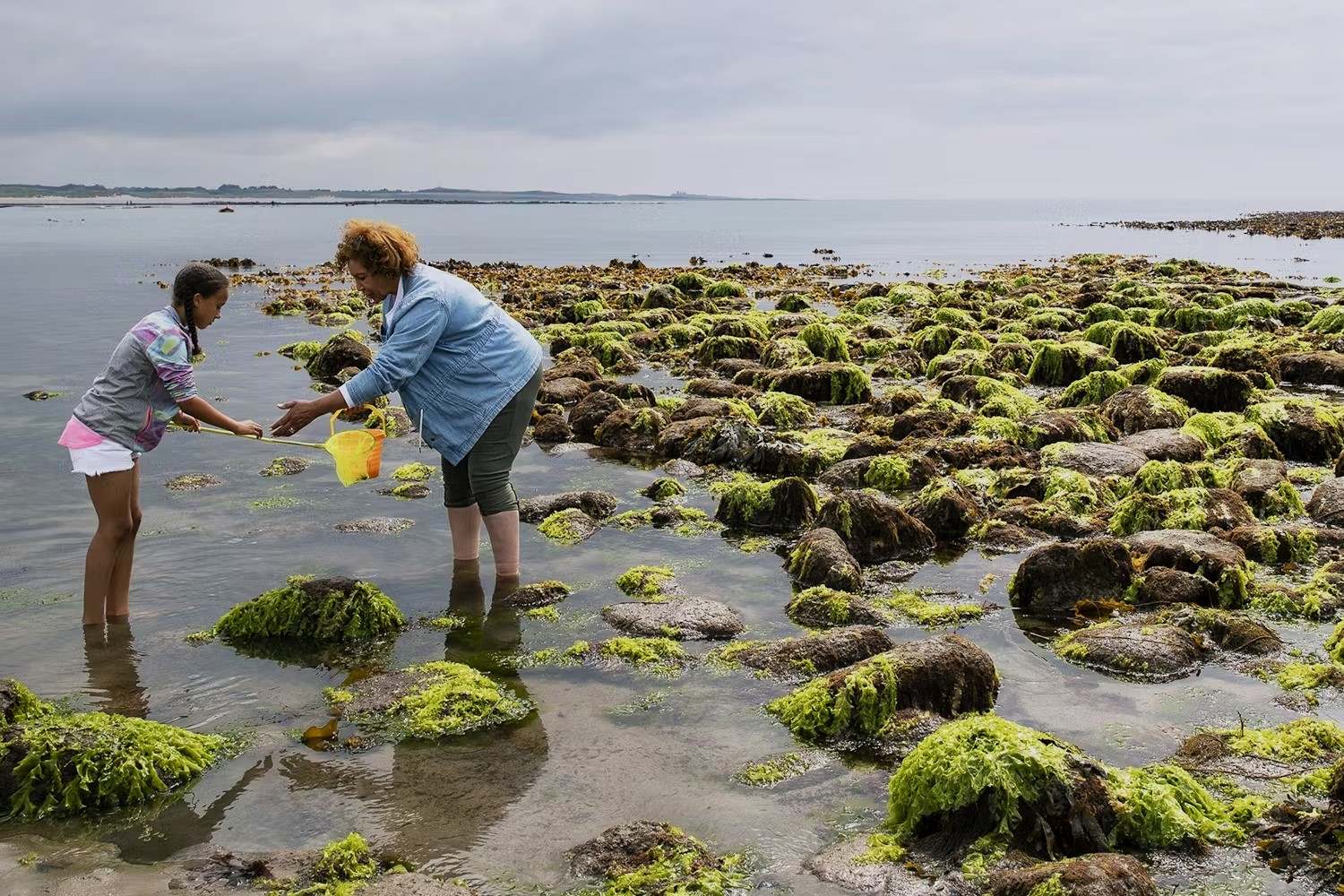
Biodiversity loss is a pressing issue impacting ecosystems worldwide. But what exactly does this mean? Biodiversity loss refers to the decline in the variety of life forms on Earth, including plants, animals, and microorganisms. This decline affects the balance of ecosystems, leading to negative consequences for the environment and human life. From the smallest insect to the largest mammal, each species plays a crucial role in maintaining ecological harmony. Human activities like deforestation, pollution, and climate change accelerate this loss, threatening the planet's health. Understanding the importance of biodiversity helps us appreciate the interconnectedness of life and the urgent need to protect it. By learning about the causes and effects of biodiversity loss, individuals can take steps to preserve the natural world. Let's explore some key facts about biodiversity loss and why it matters to everyone.
Key Takeaways:
- Biodiversity loss is happening at an alarming rate due to human activities like habitat destruction and pollution, threatening the balance of ecosystems and the survival of many species.
- We can help protect biodiversity by supporting conservation efforts, adopting sustainable practices, and raising awareness about the importance of preserving diverse life forms on Earth.
Understanding Biodiversity Loss
Biodiversity loss refers to the decline in the variety of life forms on Earth. This includes the extinction of species, the reduction of genetic diversity, and the degradation of ecosystems. Understanding this phenomenon is crucial for maintaining the balance of our planet's ecosystems.
-
Species Extinction Rates: Species are disappearing at an alarming rate, estimated to be 1,000 to 10,000 times higher than the natural extinction rate. This rapid loss is primarily due to human activities.
-
Habitat Destruction: Deforestation, urbanization, and agriculture are leading causes of habitat destruction. When habitats are destroyed, the species that depend on them struggle to survive.
-
Climate Change Impact: Rising temperatures and changing weather patterns disrupt ecosystems. Many species cannot adapt quickly enough, leading to population declines.
-
Pollution's Role: Pollution, including plastic waste and chemical runoff, harms wildlife. It contaminates water sources and soil, affecting both terrestrial and aquatic life.
Causes of Biodiversity Loss
Several factors contribute to biodiversity loss. These causes are often interconnected, making it challenging to address them individually.
-
Overexploitation of Resources: Overfishing, hunting, and logging deplete natural resources faster than they can replenish, threatening species with extinction.
-
Invasive Species: Non-native species introduced to new environments can outcompete, prey on, or bring diseases to native species, disrupting local ecosystems.
-
Agricultural Practices: Intensive farming practices reduce biodiversity by converting diverse ecosystems into monocultures, which support fewer species.
-
Urban Expansion: As cities grow, natural habitats are fragmented or destroyed, isolating wildlife populations and reducing genetic diversity.
Effects on Ecosystems
Biodiversity loss has profound effects on ecosystems, impacting their structure, function, and resilience.
-
Ecosystem Services Decline: Ecosystems provide services like pollination, water purification, and climate regulation. Biodiversity loss weakens these services, affecting human well-being.
-
Food Chain Disruption: The extinction of a single species can disrupt entire food chains, leading to further declines in biodiversity.
-
Reduced Resilience: Diverse ecosystems are more resilient to changes and disturbances. Loss of biodiversity makes ecosystems more vulnerable to environmental changes.
-
Soil Degradation: Biodiverse ecosystems maintain healthy soil. Loss of plant and animal species can lead to soil erosion and reduced fertility.
Human Impact and Solutions
Human activities are the primary drivers of biodiversity loss, but solutions exist to mitigate these impacts.
-
Conservation Efforts: Protected areas, wildlife reserves, and conservation programs aim to preserve biodiversity and restore habitats.
-
Sustainable Practices: Adopting sustainable agriculture, forestry, and fishing practices can reduce pressure on ecosystems and promote biodiversity.
-
Restoration Projects: Ecosystem restoration projects, such as reforestation and wetland rehabilitation, help recover lost biodiversity.
-
Education and Awareness: Raising awareness about the importance of biodiversity and the threats it faces can inspire action and policy changes.
The Future of Biodiversity
The future of biodiversity depends on our actions today. By understanding the importance of biodiversity and taking steps to protect it, we can ensure a healthier planet for future generations.
-
International Cooperation: Global efforts, like the Convention on Biological Diversity, aim to address biodiversity loss through international collaboration.
-
Technological Innovations: Advances in technology, such as satellite monitoring and genetic research, offer new tools for conservation and biodiversity management.
The Bigger Picture of Biodiversity Loss
Biodiversity loss isn't just about fewer animals or plants. It's a global issue affecting our ecosystems, climate, and even our economies. When species disappear, the balance of nature gets thrown off, leading to problems like soil erosion, water shortages, and climate change. This loss impacts food security, as many crops rely on specific insects for pollination. Plus, many medicines come from plants and animals, so fewer species mean fewer potential cures.
Communities worldwide depend on biodiversity for livelihoods and cultural practices. Protecting our planet's rich variety of life is crucial for future generations. Simple actions like supporting sustainable practices, reducing waste, and spreading awareness can make a difference. Everyone has a role to play in preserving the natural world. Let's work together to ensure a thriving planet for all living beings.
Frequently Asked Questions
Was this page helpful?
Our commitment to delivering trustworthy and engaging content is at the heart of what we do. Each fact on our site is contributed by real users like you, bringing a wealth of diverse insights and information. To ensure the highest standards of accuracy and reliability, our dedicated editors meticulously review each submission. This process guarantees that the facts we share are not only fascinating but also credible. Trust in our commitment to quality and authenticity as you explore and learn with us.
